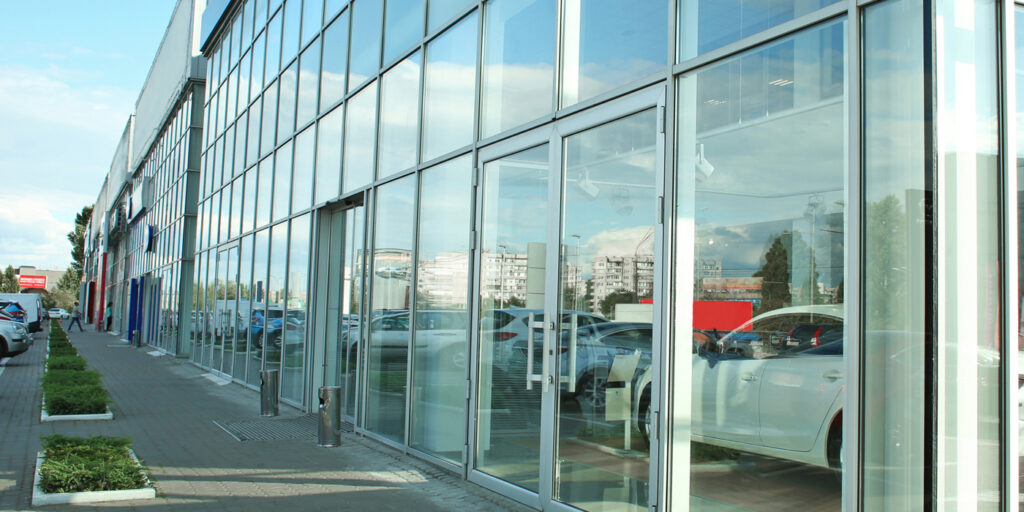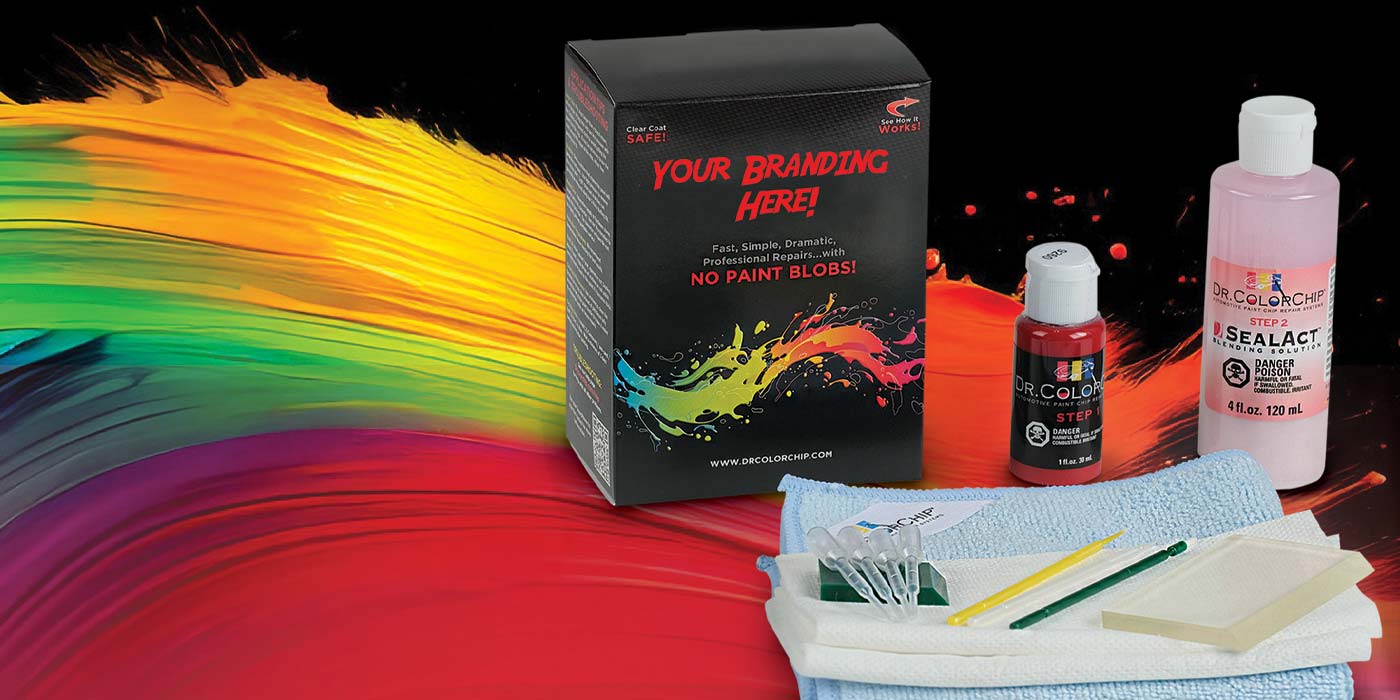How Dealerships Can Learn from the Decline of Brick-and-Mortar Stores
While many brick-and-mortar stores may exist online and on social media, often these brands are shadows of what they once were. A lack of flexibility has ultimately led to the downfall of many of these brands. At the same time, dealers can map the rise of other industries and brands back to their ability to adapt and grow with changing technology and consumer behaviors.
This article and part two next month will take you through the missteps brick-and-mortars have gone through, as well as the missed opportunities dealers can learn from.
Some retailers have thrived while others have failed, but failed not before they slowly and, in hindsight, predictably faded into oblivion, despite in many cases having the same opportunities, access to information and addressable market. So that automotive dealers don’t fail in the same way, here are some ideas and action items that you can start putting into practice today.
When we think about the stagnation of success, the operative statement here is never get too comfortable. Depending on how old you are or where you grew up, it was not too long ago that the big three discount retailers were Walmart, Target and Kmart.
I grew up in a small town called Lebanon, New Hampshire. Growing up in the late ’80s and early ’90s, we had an area called the Miracle Mile that was filled with strip malls and fast-food chains. It obviously looks much different today. The JCPenney is long gone. Now, the stores are Lowe’s, Home Depot, Walmart and Target. Why is it that Walmart and Target are thriving while Kmart was a punchline long before they started the bankruptcy death rattle several years back?
We can organize their demise into two boxes. First, Kmart never bothered to take the time to define who their customer was or who they wanted their customer to be. Today, we’d refer to that as a persona(s). Because they never took the time to do this critical exercise, they had fractured marketing, a hodgepodge strategy and misguided direction.
All the things Kmart became synonymous with are exactly what any retailer tries to avoid. They were known for being cheap, poor quality and for the “blue light special.” It just became a punchline. This resulted in a poor shopping experience and lower and lower expectations, which ultimately created disappointed, unhappy and disloyal customers.
The second box we can put this into is just a total failure to invest in technology. You can unpack that into a few segments, such as e-commerce, online advertising and supply chain management. Those are obvious things to say, but what’s not so obvious is the impact that had. It suffocated their ability to manage inventory and in-stock items, which are the exact areas where companies like Walmart, Best Buy and Target have built barriers to entry, which they’ve surrounded with a moat and an army to protect the fortress.
Moving on from Kmart, we look at a company that was arguably an American icon. Sears’ fall from grace was equally as bad as Kmart’s and just as avoidable. It is probably more embarrassing and frustrating to the many loyal former employees and consumers. In 1969, Sears was like what Amazon is today, but it had far fewer competitors. They were the largest retailer in the world and, quantified by their sales, represented 1% of the entire U.S. economy. The brick-and-mortar headcount for Sears followed the same trajectory as Kmart’s.
About 12 years ago, there were over 3,000 Sears locations. Today, it’s south of 50. Just to put that into perspective, there are over 10,000 Walmart stores and Walmart clubs around the world with about half of those being in the U.S. Target has over 2,000 locations. So, what happened?
What happened to Sears is a similar chapter inverse to what happened to Kmart, with respect to poor planning, innovation and strategic direction. Where Kmart didn’t really think about its customers, Sears put all their eggs in their catalog basket. Everything was invested in the catalog, and it was something they were still leading with in 1993. However, that was the year before Amazon was founded. When Jeff Bezos founded Amazon, his vision was that Amazon was going to be an everything store. Books were just the entrance into that. That was how he entered the market. You think about what could have been for Sears because they already owned much of those large market areas. Sears didn’t even launch an online store until about 1998. Right around the time Amazon was hitting its first of many strides, Sears essentially failed to see the next phase — e-commerce. By the time they committed to making improvements, it was too late to respond and adapt.
Think about Borders, Toys“R”Us and Blockbuster. People haven’t stopped buying books. People probably watch more movies and TV shows than ever before. Binge watching wasn’t a thing before. The theme here is the companies that failed didn’t have to. They failed because they didn’t see the next thing coming, or they rested on their laurels, or a combination of both. The companies that failed didn’t see, or they couldn’t peer around the corners to that next phase. These things didn’t happen overnight. As I mentioned, Amazon is 30 years old now, but these one-time giants and icons that defined categories and created categories faded away, despite having all the same chances, access to the same markets and information and they could have built, bought, rented or created all the same tools. They ultimately squandered what could have been an unfair advantage for them.
Click HERE for Part 2, where we’ll shift gears and look at some positive examples and how dealers can learn from both.














